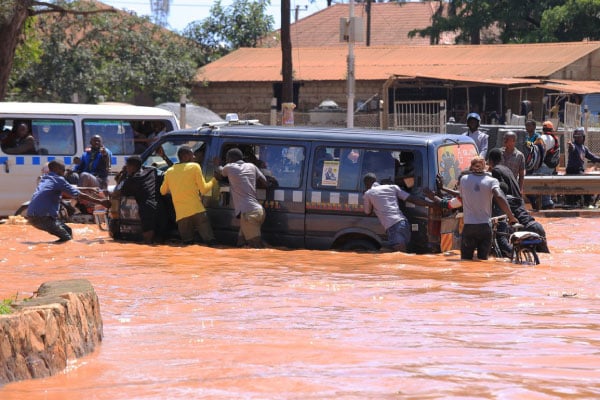Meteorologists are anticipating a period of substantial precipitation as the first rainy season approaches, according to reports from the our media source. The experts are predicting heavy rainfall in various regions, raising concerns about potential impacts on communities, infrastructure, and the environment.
The projected heavy rain is expected to occur during the forthcoming first rainy season, which typically spans a specific time-frame.
The meteorologists have carefully analyzed historical weather patterns, climatic data, and atmospheric conditions to make these predictions.
The anticipated heavy rainfall has prompted concerns due to its potential consequences. The excessive precipitation may lead to flooding in low-lying areas and regions with poor drainage systems.
Communities residing in these vulnerable areas may face significant challenges, including the displacement of residents, damage to property, and potential risks to human lives.
Furthermore, the heavy rain can adversely affect infrastructure such as roads, bridges, and buildings. Increased water levels and the subsequent erosion can weaken structures, potentially leading to collapses or disruptions in transportation networks.
This could have far-reaching implications, including hindering emergency services and access to essential facilities.
The environment is also likely to experience both positive and negative effects from the anticipated heavy rainfall. On the positive side, the rain can revitalize agricultural activities by replenishing water sources and enhancing crop growth.
However, excessive rainfall may also trigger soil erosion, the contamination of water bodies, and the loss of valuable topsoil, which can harm ecosystems and agricultural productivity in the long run.
To mitigate the potential impacts of heavy rainfall, it is vital for relevant authorities, communities, and individuals to take proactive measures. Adequate infrastructure planning, including robust drainage systems, can help minimize the risk of flooding and infrastructure damage.
Local communities should remain vigilant and be prepared to respond to emergency situations, while authorities should ensure the availability of resources and contingency plans.
Additionally, promoting sustainable land management practices and afforestation efforts can help mitigate soil erosion and water contamination, safeguarding the environment and agricultural productivity.
By adopting climate-resilient strategies, communities can better adapt to the changing weather patterns and minimize the potential adverse effects of heavy rainfall.











